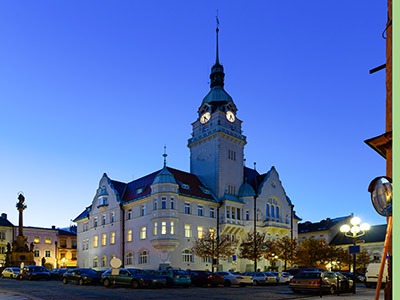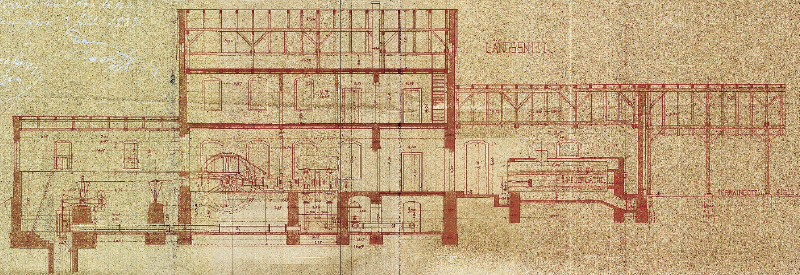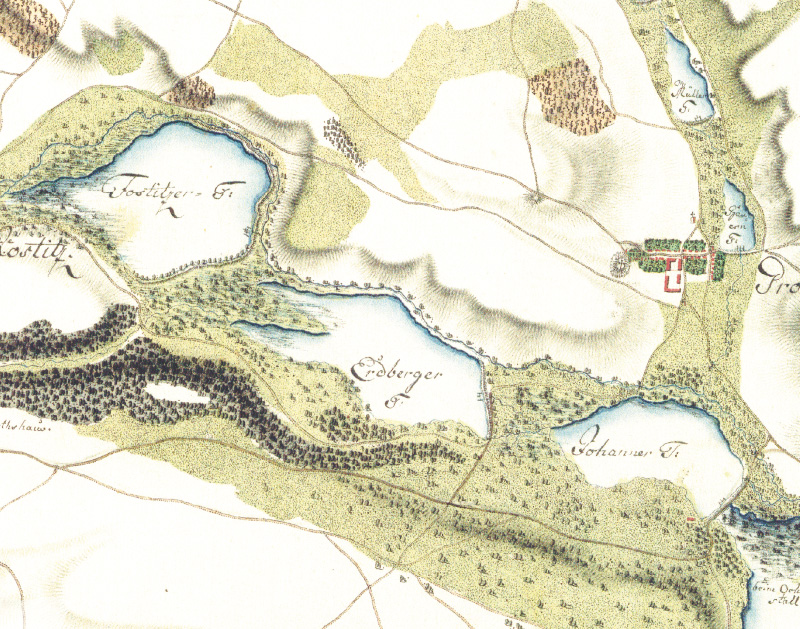A retrospective view of the Šumperk water supply system from the 1960s to the present
In the second half of the 20th century, the long-term problem of supplying the town of Šumperk with drinking water was finally solved. New sources of drinking water supplemented the missing capacities in the form of surface abstraction from Divoká Desná within the newly built collec-tive water supply system, together with the use of sources in Rapotín and Olšany. A significant contribution to solving the problem was the recon-struction of the water supply network, water reservoir, and intake facilities, which reduced losses. An important factor that has reduced the water consumption of the population is, of course, the significant increase in water and sewerage prices in the last 20 years, which had an impact on Šumperk as well. The operational and organizational conditions of the town’s drinking water supply were negatively affected by society-wide de-velopment, which ultimately meant an increase in operating losses in the water supply network due to limited funds for the renewal and upgrading of the water supply network. The political changes in 1989 and the following period were reflected not only in the organizational conditions of the town’s drinking water supply, but also in the final consumption and price of drinking water, both in the Šumperk region and across the whole of the Czech Republic. With the example of Šumperk, it is also possible to illustrate the transformation of the water industry after 1989 and possible diffi-culties, new starting points, and challenges for its future development.
A retrospective view of the Šumperk water supply system up to the 1960s
The article focuses on the water industry sector. It deals with the development of drinking water supply in Šumperk town from the Middle Ages to the 1960s. According to the water supply network development, the text is structured into individual chapters, focusing on the interesting period of the late 19th century, when a municipal water plant was established. The water plant was also the first company managed by the city council at its establishment. It was an excellent good practice example for similar towns in the Czech lands, both technologically and operationally. Subsequent chapters focus on expanding the water supply network, reservoirs, and intake areas, which had to be sized for the increasing water consumption associated with the city‘s dynamic development in the late 19th and first half of the 20th century. The final chapter summarises the development of the municipal waterworks project from 1945 until the year when the town of Šumperk was connected to the water intake sources from the Kouty-Šumperk group water supply system. The paper is an inspiring retrospective look into the history of the municipal water supply. It can also be a helpful comparison with the current state, building possibilities and limits of the water supply infrastructure.
Possibilities of using old topographic maps from the years 1763–1768 for evaluating the development of water bodies and the potential for their renewal
Potenciál obnovy vodních ploch je aktuálním tématem v současném krajinném plánování. Nejčastěji jsou na území České republiky zkoumány vodní plochy na starých topografických mapách od poloviny 19. století, na kterých je již velmi dobrá polohová přesnost topografického zákresu.


